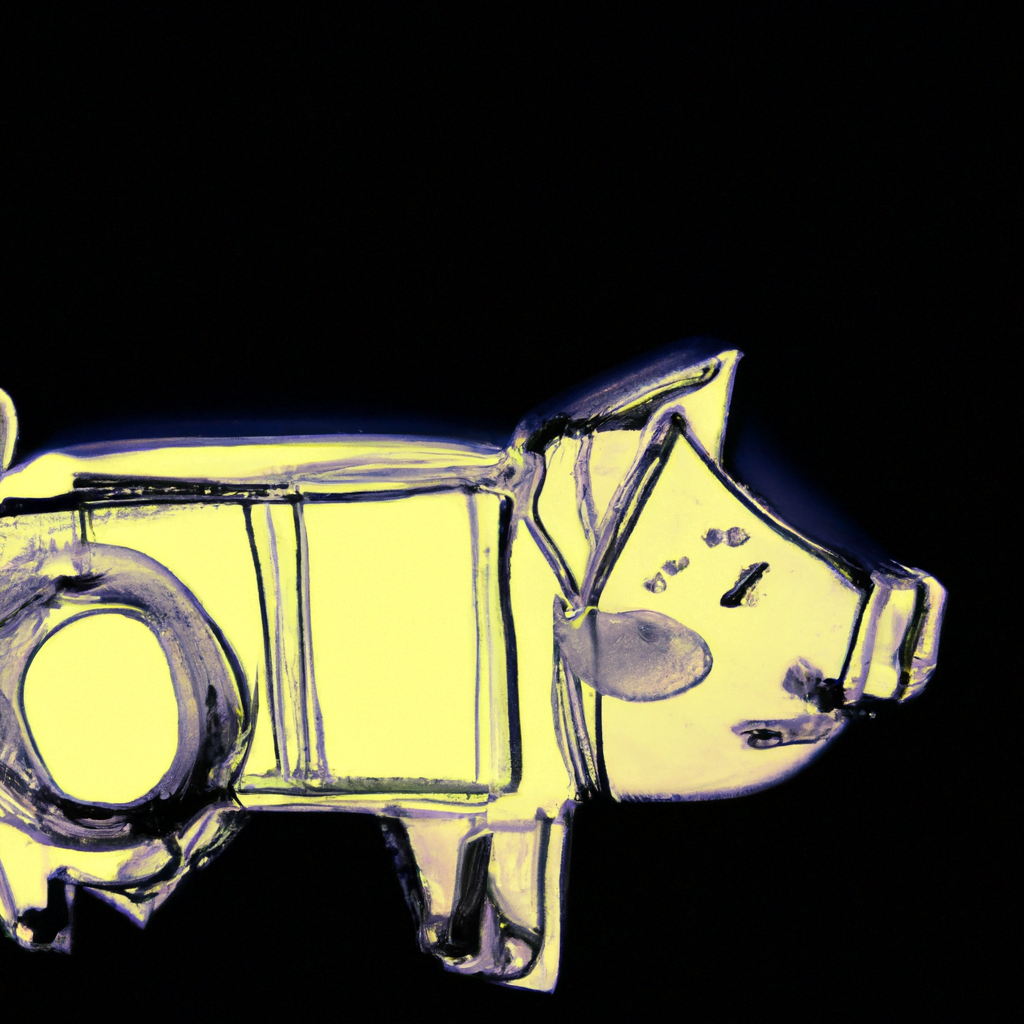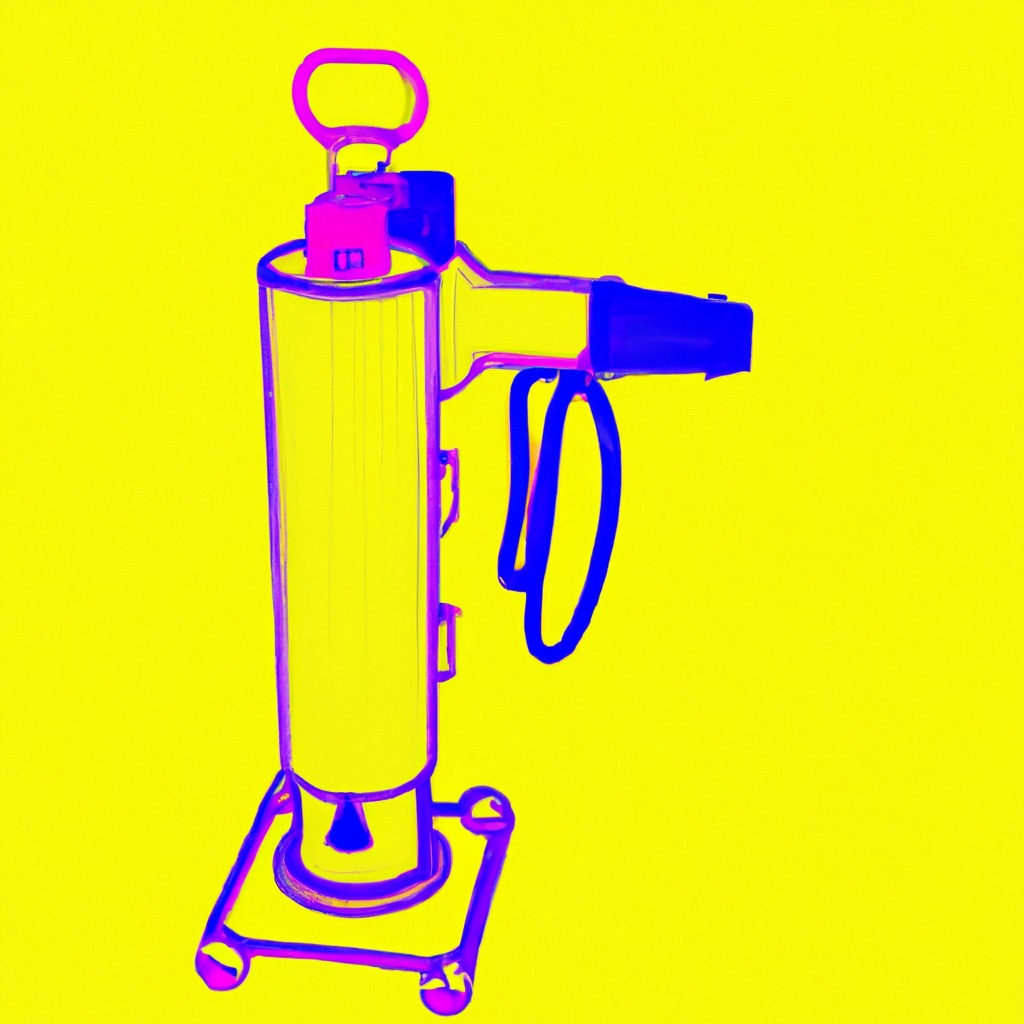
Illustrating for Packaging Design: Techniques and Considerations

When it comes to packaging design, illustrations play a crucial role in capturing the attention of consumers and conveying the essence of a product. A well-executed illustration can make a product stand out on the shelves, create a memorable brand identity, and ultimately drive sales. In this article, we will explore the techniques and considerations involved in illustrating for packaging design, and how it can be used effectively to enhance the overall packaging experience.
The Power of Illustration in Packaging Design
Illustration has been used in packaging design for decades, and for good reason. It has the ability to evoke emotions, tell stories, and create a connection between the consumer and the product. Unlike photography, which captures a moment in time, illustrations can be tailored to fit the brand’s personality and convey a specific message.
One of the key advantages of using illustrations in packaging design is the flexibility it offers. Illustrations can be stylized, exaggerated, or simplified to create a unique visual language that sets a product apart from its competitors. They can also be used to depict abstract concepts or complex ideas in a simple and approachable manner.
Furthermore, illustrations have the power to create a sense of nostalgia and evoke a feeling of familiarity. By tapping into the consumer’s emotions, illustrations can establish a connection that goes beyond the functional aspects of a product. This emotional connection can lead to increased brand loyalty and repeat purchases.
Techniques for Illustrating Packaging Design
Creating illustrations for packaging design requires a combination of artistic skills, technical knowledge, and an understanding of the target audience. Here are some techniques that can help designers create compelling illustrations for packaging:
1. Research and Concept Development
Before diving into the illustration process, it is essential to conduct thorough research and develop a clear concept. This involves understanding the target audience, studying the competition, and identifying the key message or story that the packaging should convey. By having a solid concept in place, designers can ensure that their illustrations align with the brand’s values and resonate with the intended audience.
2. Style Exploration
Once the concept is established, designers can begin exploring different illustration styles that best suit the product and brand. The style should be consistent with the overall brand identity and packaging design. For example, a playful and whimsical style may be suitable for a children’s product, while a clean and minimalist style may be more appropriate for a high-end cosmetic brand.
3. Composition and Layout
The composition and layout of the illustration are crucial in packaging design. The illustration should be visually appealing and balanced, guiding the viewer’s eye towards the key elements of the packaging. It is important to consider the placement of the illustration in relation to other design elements such as text, logos, and product information. A well-composed illustration can create a harmonious and cohesive packaging design.
4. Color and Typography
Color and typography play a significant role in packaging design, and illustrations should complement these elements. The color palette should be carefully chosen to evoke the desired emotions and reflect the brand’s personality. Typography should be legible and harmonize with the overall design. The illustration should enhance the visual impact of the packaging by working in harmony with color and typography.
5. Digital Tools and Techniques
With advancements in technology, digital tools have become an integral part of the illustration process. Designers can use software such as Adobe Illustrator or Procreate to create and refine their illustrations. These tools offer a wide range of brushes, effects, and editing capabilities that can enhance the quality and detail of the illustrations. However, it is important to strike a balance between digital techniques and maintaining a handcrafted feel, especially if the brand’s identity emphasizes authenticity and craftsmanship.
Considerations for Illustrating Packaging Design
While illustrating for packaging design offers numerous opportunities, there are also important considerations to keep in mind:
1. Brand Consistency
Illustrations should align with the brand’s overall identity and values. Consistency in style, color, and tone is crucial to create a cohesive brand experience. The illustrations should reflect the brand’s personality and resonate with the target audience.
2. Scalability and Reproduction
When creating illustrations for packaging, it is important to consider scalability and reproduction. The illustrations should be versatile enough to be used across different packaging sizes and formats without losing their impact. They should also be reproducible in various printing techniques, such as flexography or lithography, to ensure consistent quality across different production processes.
3. Legal and Cultural Considerations
Designers should be aware of legal and cultural considerations when creating illustrations for packaging. Certain symbols, colors, or imagery may have different meanings or associations in different cultures. It is important to conduct thorough research and ensure that the illustrations do not unintentionally offend or misrepresent any cultural or religious beliefs.
4. Sustainability and Eco-Friendly Packaging
In today’s environmentally conscious world, sustainability is a key consideration in packaging design. Illustrations should be created with eco-friendly materials and printing techniques in mind. Designers can explore using recycled or biodegradable materials, as well as incorporating illustrations that promote sustainability or communicate the brand’s commitment to the environment.
Case Studies: Illustrations in Packaging Design
Let’s take a look at some successful examples of illustrations in packaging design:
1. Innocent Drinks
Innocent Drinks, a UK-based smoothie company, is known for its playful and vibrant packaging design. Their illustrations feature quirky characters and hand-drawn typography, creating a sense of authenticity and approachability. The illustrations reflect the brand’s values of simplicity, naturalness, and fun, and have contributed to Innocent Drinks’ success in the market.
2. Method Cleaning Products
Method, a cleaning product brand, uses illustrations to differentiate itself in a traditionally mundane industry. Their packaging features bold and colorful illustrations that depict nature-inspired scenes. The illustrations communicate the brand’s commitment to sustainability and eco-friendliness, while also creating a visually appealing and memorable packaging design.
3. M&M’s
M&M’s, a popular candy brand, has successfully used illustrations to create a strong brand identity. The brand’s packaging features the iconic M&M’s characters, each with its own personality and color. The illustrations have become synonymous with the brand and have contributed to its recognition and popularity among consumers.
Summary
Illustrations play a vital role in packaging design, offering a unique and flexible way to capture consumers’ attention and convey a brand’s message. By conducting thorough research, exploring different styles, and considering composition, color, and typography, designers can create compelling illustrations that enhance the overall packaging experience. However, it is
